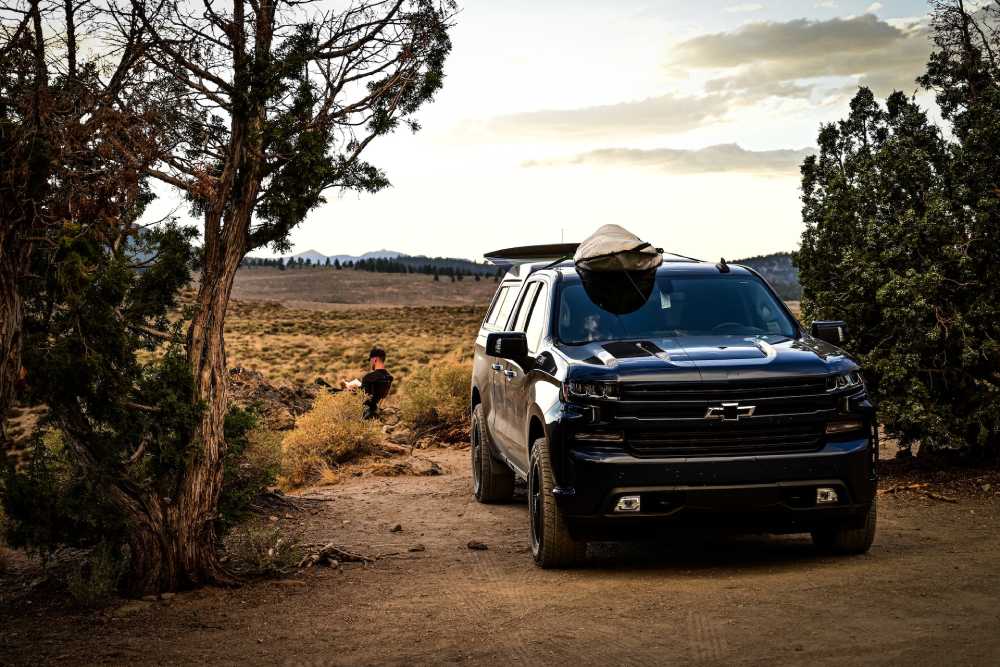Part of responsible car ownership means being prepared for any road emergency. Unforeseen circumstances can happen at any time, so having an emergency kit could save you from danger, or even save your life. There are several things you should have in an emergency kit to ensure you are prepared for anything.
Putting Together an Emergency Kit
Whether you’ve just purchased that new Chevrolet for sale, or you have had your car for a while, you should always have your emergency kit on hand. These are the most essential and practical supplies for a useful emergency kit.
First Aid Kit
The first thing you should include in your kit is first aid supplies. This may include:
– Bandages
– Antiseptics
– Scissors
– Latex gloves
– Pain relievers or medications
You can also add a first aid manual, CPR mask, and sterile gauze with tape. If you happen to crash or someone needs assistance, you’ll be prepared to handle most basic first aid problems until paramedics arrive.
Jumper Cables
You could run into battery problems at any time, or you may come across someone whose battery has died. A set of jumper cables may just save you a call to a tow company. Know how to use them, and you’ll get yourself out.
Tools
You don’t have to have a full-on toolkit in your car, but a compact version could be useful. You can also include common items that may come in handy. This kit could include:
– Screwdrivers
– Pliers
– Zip ties
– Flashlight and batteries
– Tire pressure gauge
A multi-tool may also be useful to have on hand. These can aid you in making small repairs to keep you going until you can find the help you need.
Extra Food and Water
Have a small stash of non-perishable foods like canned goods, dried fruits or jerky, or energy bars. It may also be a good idea to have a gallon of water per passenger in your car. If you get stuck in the countryside, mountains, desert, or a snowstorm, this could save your life.
Clothing and Blankets
If you live in a cold climate, you should have sleeping bags or blankets, as well as backup clothes to help you maintain your body heat should you get stuck in the cold. You can have jackets, gloves, hats, scarves, and socks on hand.
Hygiene and Sanitation
Maintaining hygiene and cleanliness is important to help avoid sickness and to improve comfort in an emergency. Consider adding hand sanitizer, toilet paper, feminine hygiene products, plastic bags, and baby wipes to your emergency kit.
Compass and Maps
While people rely on their GPS, if you happen to be somewhere with no signal, you’ll need to know where you are and where to go. Paper maps and a compass can get you on your way quickly.
Maintaining Your Kit
Periodically check your supplies and ensure that foods aren’t expired and everything is in good condition. This way, you’ll be prepared for whatever possible emergency could come your way, be it a natural phenomenon, a mechanical problem, or simply a dead battery.
Prep Your Emergency Kit
With these items, you’ll be ready in case an emergency happens during your travel. Put together your kit and get ready to hit the open road with peace of mind.





